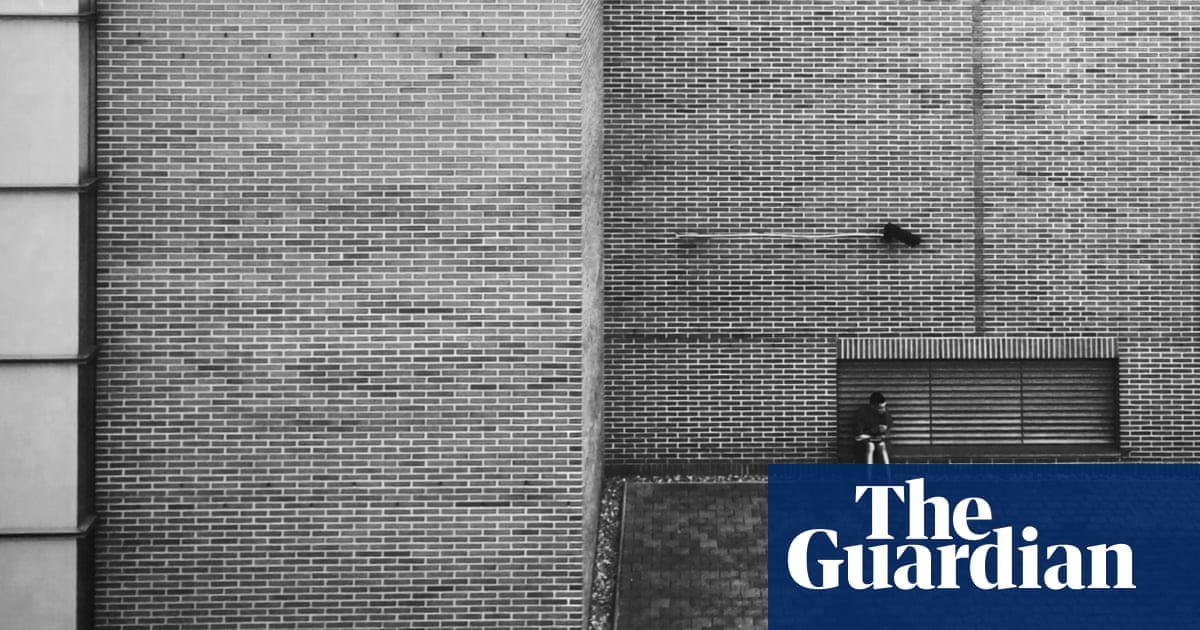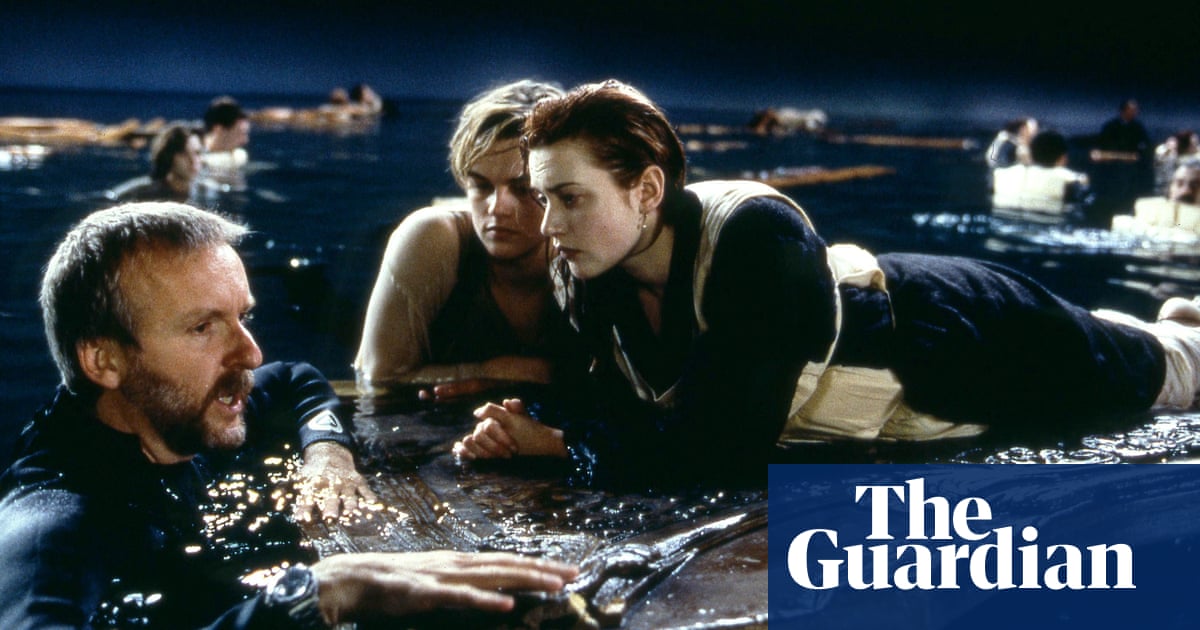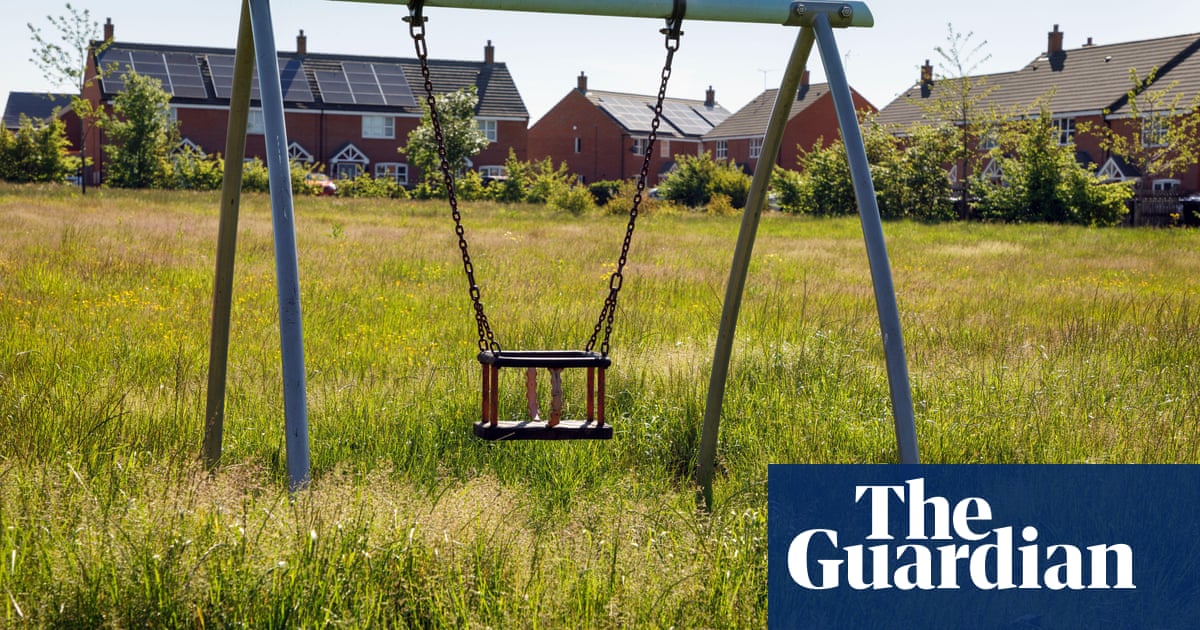
When I moved to the UK nearly a decade ago, the City of London was one of the first places I visited. I joined a Jack the Ripper tourist walking tour on a Sunday, and I was really struck by how empty it was. All the shops and restaurants were closed, and just a few people were walking in the streets. It was shocking that one of the economic centres of the UK, one of the most powerful financial districts in the world and the site of such immense wealth, felt so totally dead. The word I always use to describe it is uncanny. Here is a place that hums with economic activity, but there were almost no people. It’s a symbol of accumulation but without any real subjects. Who is driving this rush to accumulate ever greater wealth? Who is benefiting from it? And to what end?
I’ve always been a local photographer. I take inspiration from the social life of the communities I’ve lived in, but here, in the City of London, it just felt like there wasn’t one. I decided to take a series of pictures of the empty streets, to capture the strange ghostly place that I had encountered that Sunday. However I soon discovered that I could take similar images during weekdays but with solitary lonely city workers in the cityscapes, which gave the images a whole extra dimension.
This shot was part of a wider series about burnout and the psychological fallout of today’s culture of work. The series often depicts people in moments of isolation – stepping out of the office for a cigarette, walking alone through the towering buildings, or staring into their phones. This image encapsulates all of that: a lone figure, overwhelmed by the sheer scale of the office buildings surrounding her. It’s an image of the human swamped by the world we have built.
What I like about this image is that it’s both specific and general. On the one hand, it could be taken in any metropolis. It captures the way that globalisation has flattened different cultures, creating these identical spaces around the world. But on the other it speaks specifically to the architecture of the City of London and the feelings that its built environment evokes.
This image is as much about the architecture as the person. I was completely fascinated walking through the City by the kind of friction between the buildings. Historically, its centre was always St Paul’s – this great symbol of the church’s power, overseeing everything around it. But now the cathedral vies for domination with the office blocks that cover the area. It’s like the built environment is locked in a power struggle, with Christianity and neoliberalism competing for dominion.
Working life today is very different from what it used to be. But even before Covid and the rise of working from home, workers were increasingly alone and isolated in a way they were not in the 1970s, for example. There is much less interaction, and lots of the old methods of bringing workers into dialogue with each other – such as unions – have fallen on hard times.
The series preceded the pandemic, but looking back on it now it does feel a little prophetic, and I think people probably respond differently to these images now than they used to, before we were all confined to our homes. We may have become more used to seeing our cities empty, but the process started long before Covid, and will continue after it.
I see my photography as explicitly political, as a tool for social change. The photographers I’m most interested in use the camera to examine and critique the societies we live in.
Today, everyone takes photographs. In many ways, that’s a great thing: it’s the democratisation of the medium. But it means that photographers need to distinguish themselves. Simply capturing moments is not enough. The work of the photographer, I think, is to be reflexive and, above all, critical.
Jordi Barreras’s Already But Not Yet is published by Punctum
Jordi Barreras’ CV
Born: Santa Coloma de Gramenet, Spain, 1977.
Trained: Grisart Photography School and Birkbeck, University of London.
Influences: “Grama magazine, where I learned the social and political value of photography.”
High point: “Achieving a balance between commercial work and artistic pursuit, and having the relative financial security and freedom to pursue my artistic projects.”
Low point: “Losing my job at the newspaper I was working for, due to the financial crisis. The upside was that those events eventually led me to London.”
Top tip: “Don’t wait for the results of your project to magically appear. Take to the streets, take bad pictures, and search for the solution for your project in your mistakes.”












